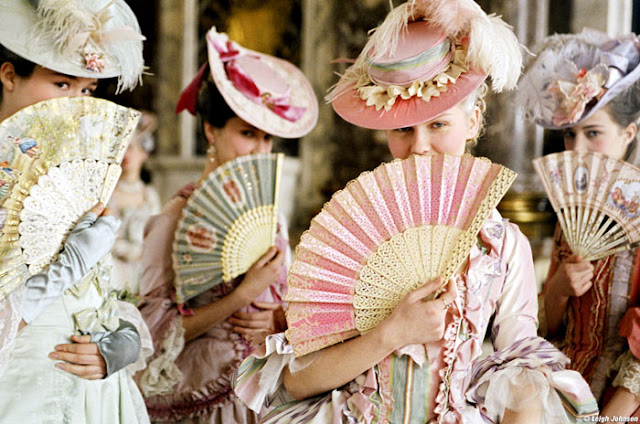Eyebrows, in the opinion of many, make or break the face; it’s as simple as that, no sugar coating possible.
For those of you who have over plucked for years and are now left with a few sparse hairs, I will be talking about my favourite eyebrow pencil in just a bit.
However, if you happen to live Montréal (Canada
Back to my rant/tutorial:
If I were to get a quarter for every time I spotted a beautiful face ruined by what some like to call: "the sperm shaped brows" - I would be rich, not filthy rich but rich all the same. That is saying a lot people! So, the lesson to be learned here today is: If you do not know how to shape your eyebrows, either learn how or take an appointment with a professional that does. It's really quite that simple.
Here is a picture depicting the general rules to follow when shaping your own eyebrows:
 |
| The "rules". |
These 3 lines represent where your:
- eyebrow should commence
- your arch should peak
- eyebrow should end
Here's how:
Where the eyebrow should start:
Use a ruler and place it vertically along the side of your nose reaching upwards passing through the inner corner of your eye.
The place where the ruler meets your eyebrow is where your eyebrow should start.
Where the arch should peak:
Use the ruler again, look straight ahead and from the corner of your nose, line up the ruler diagonally passing through where your pupil ends. The place where the ruler meets the eyebrow is where your arch should peak.
Where they Eyebrow should end:
Hold the ruler at a diagonal from the corner of your nose again but this time passing through the outer corner of your eye.
The place where the ruler meets your eyebrow is where your brow should end.
This being said, we can only work with what we have. So, if you do not have enough to work with, my absolute favorite eyebrow pencil is from Christian Dior and it's called: DIOR SHOW BROW STYLER in Universal brown. Unless you have blond or ginger eyebrows, this will do to perfection. $30CAD It might seem a bit pricey to some, but it lasts a very long time.
This being said, we can only work with what we have. So, if you do not have enough to work with, my absolute favorite eyebrow pencil is from Christian Dior and it's called: DIOR SHOW BROW STYLER in Universal brown. Unless you have blond or ginger eyebrows, this will do to perfection. $30CAD It might seem a bit pricey to some, but it lasts a very long time.
 |
Diorshow Brow Styler Ultra-Fine Precision Brow Pencil |










































